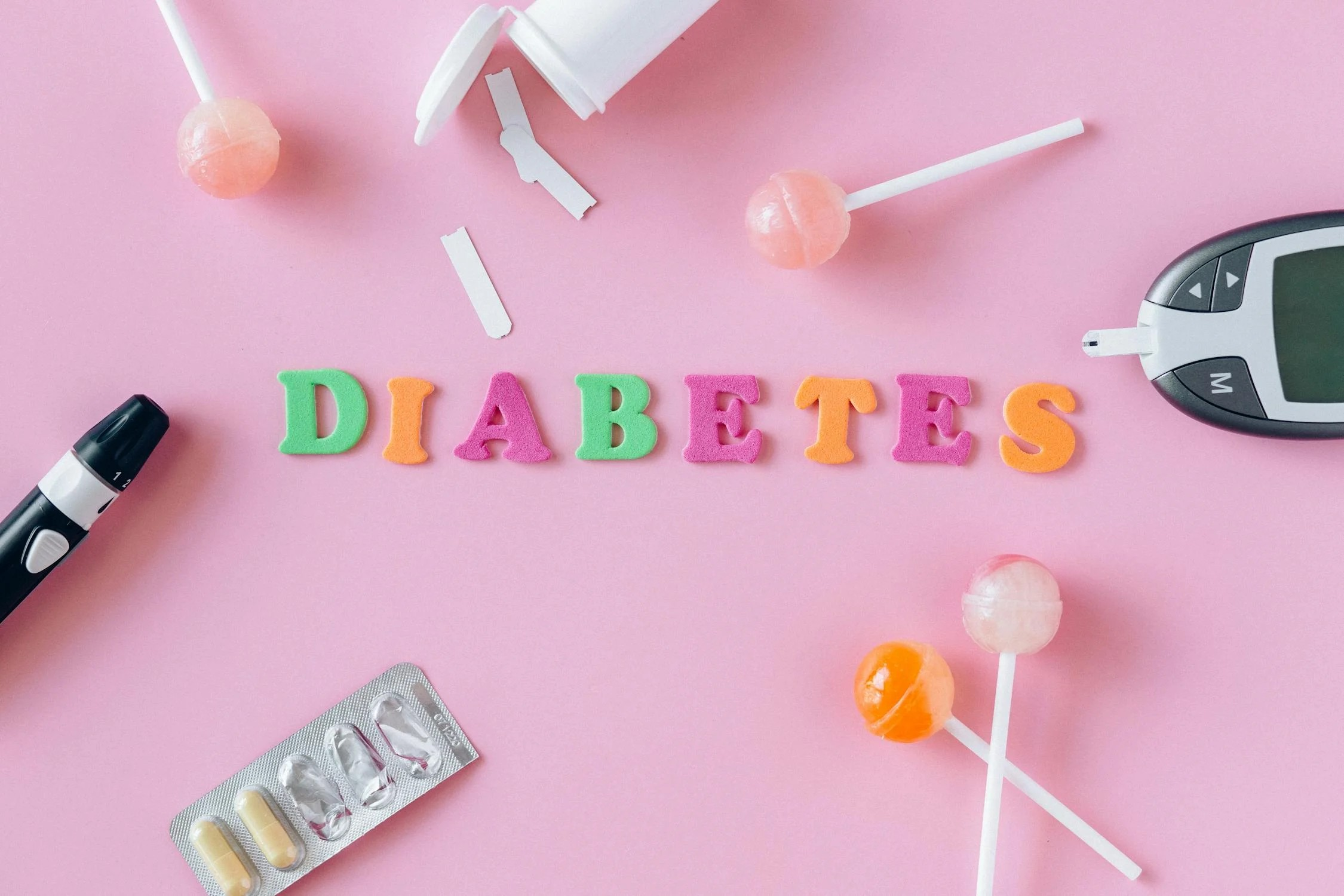Unlocking Semaglutide: The Insider’s Guide to Optimal Well-Being
In the quest for our ideal well-being, we are constantly searching for this mysterious element, this magical tonic that will extravagantly change our health and happiness. When it comes to diabetes and obesity management, semaglutide stands out and has firmly established itself as a ground-breaking therapy. Its capacity to lower blood sugar levels and postulate weight loss is a major factor contributing to its growing recognition in healthcare systems by healthcare professionals and patients.
The following guide takes a deep dive into the workings of semaglutide, examining its mechanism of action, dosage, side effects, and many more. Whether you are a health practitioner striving to provide the most effective patient care or an individual grappling with the challenges of diabetes and weight management, the information provided here will be useful in tapping into the power of semaglutide.
Understanding Semaglutide: A Revolutionary Growth in the Care for Diabetics
Semaglutide belongs to a class of drugs called glucagon-like-peptide-1 (GLP-1) receptor agonists and is currently a breakthrough treatment in diabetes management. Semaglutide has the capacity of imitating increasing hormones by stimulating insulin secretion and inhibiting glucagon release which in turn helps in lowering blood sugar concentrations. Through these dual mechanisms of action, not only is glycemic control improved, but also weight loss – a consequence that could be significantly helpful in the management of obesity. Nevertheless, you shouldn’t be trying to do this on your own. Consult a semaglutide weight loss treatment center instead and allow the professionals to do their work. So, leaving it to the professionals is an effective way to have complete peace of mind while you proceed to solve your biggest problem.
Investigating its Mechanisms of Action
Semaglutide, as such, acts through GLP-1 receptors which are widely distributed in pancreatic beta cells, the gastrointestinal tract, and the central nervous system. Following attachment to those receptors, semaglutide stimulates insulin release in a glucose-dependent manner, inhibits glucagon release, inhibits gastric emptying, and increases the feeling of being full. These multidimensional actions together favor the declaration of glycemic progress and the maintenance of some weight loss.
Well Administration and Dosage
In terms of dosing and administration, the question of precision is key to the attainment of desirable therapeutic outcomes when using semaglutide. For most patients, semaglutide is given via subcutaneous injections and can be administered in various formulations, e.g. daily or weekly. The individual dose may be tailored based on numerous factors such as baseline glucose control, renal function, and additional medications. Healthcare professionals form an integral part of the process of providing patients with a suitable dosage regimen to fulfill their specific needs while ensuring patient compliance and safety.
Furthermore, the correct administration technique is critical to the effectiveness and safety of semaglutide therapy. Healthcare providers have to instruct patients how to administer drugs correctly, where to insert the needle, how often they should be rotated, and how the drugs must be stored to keep them stable. On the other hand, frequent follow-up appointments enable healthcare providers to assess if patients are following the treatment plan, how treatment is working, and, if there are any concerns or dosage adjustments needed.
Be Aware of All the Benefits
The benefits of semaglutide are not only limited to the effects of glucose but encompass all aspects of diabetes management and obesity. The efficacy of this therapeutic strategy has been demonstrated in studies reducing the risk of cardiovascular diseases, as well as improving beta-cell function and overall quality of life of patients with diabetes. In addition, the complementary weight loss benefits that come along with semaglutide therapy not only pave the way for better metabolic health but also build self-confidence and motivation in patients who seek to accomplish their health goals.
Therapy like semaglutide plays a significant role in changing a patient’s psychological and emotional state of mind. Weight loss doesn’t only work on its effects on physical health but also enhances one’s self-esteem and body image. Patients frequently report feeling more confident and inspired to keep making positive health changes, including glucose level control and weight management. This ultimately has a knock-on effect that leads to several health benefits beyond mere glucose control and weight management. By adopting this holistic strategy in diabetes management, individuals become more confident in taking control of their health, which helps them to fully and healthily live their lives.
Taking Patient Concerns Seriously
Although semaglutide presents a lot of advantages, the occurrence of side effects should also be taken into account. Some of the side effects may include nausea, vomiting, diarrhea, and temporary injection-site reactions. These side effects are usually mild to moderate in severity and tend to fade away as the body adjusts itself to the medicine. Nevertheless, close supervision and precautionary education of patients are indispensable to avoid any complications and respond to them immediately.
Other than the typical side effects stated, some individuals might go through worse reactions as severe as pancreatitis or allergic reactions. Although these instances are rare they demonstrate that there is a need to closely monitor and the need for communication between patients and healthcare providers as well. Patients need to report any unusual symptoms quickly to their healthcare team to enable early intervention and modification of treatment if necessary. In addition, healthcare professionals are of paramount importance to patients’ awareness of potential side effects, the strategies to alleviate these effects, and when to seek medical help. Through effective communication and risk assessment, the risks of semaglutide therapy can be minimized, so patients can take full advantage of this innovative approach.
Finally, semaglutide constitutes a revolutionary path in the management of diabetes and obesity, where efficacy, safety, and comfort are well blended. Its effectiveness in enhancing the condition of a patient’s glycemic control, encouraging weight loss, and reducing cardiovascular risk accounts for one of the key roles it plays in modern medicine. Combining semaglutide advantages with holistic treatment approaches will allow medical professionals to lead us into a new age of personalized care and give patients the chance to lead a normal life full of joy and satisfaction.




